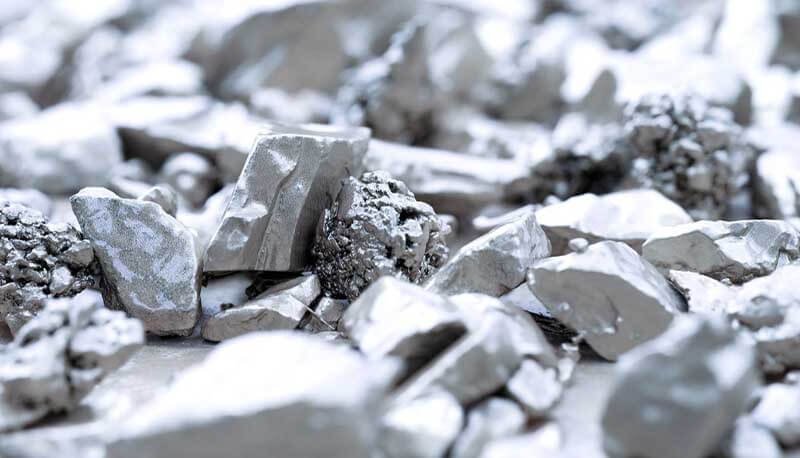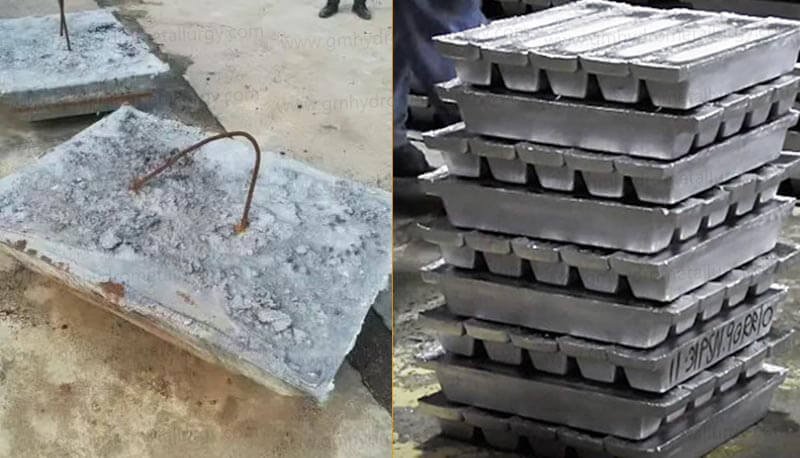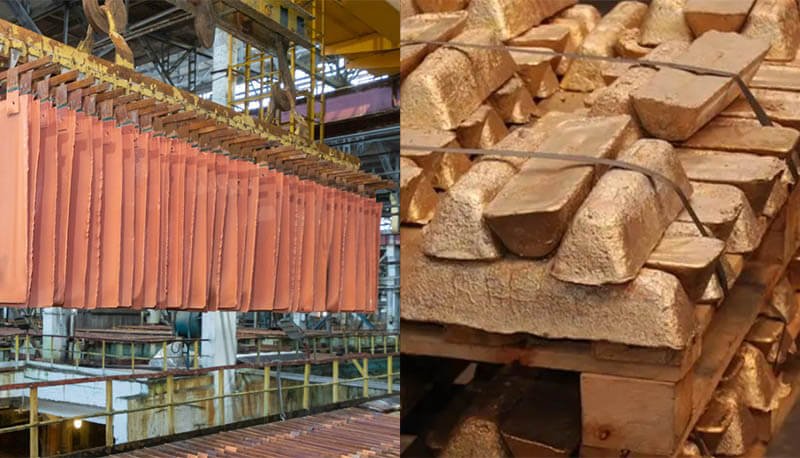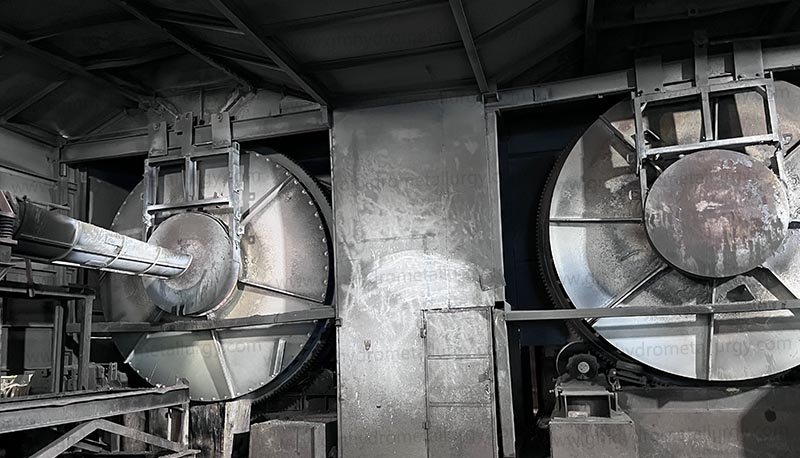Copper Anode Slime & Electrolytic Refining
Copper anode slime is a significant by-product generated during the electrolytic refining process. Its yield typically ranges from 0.2% to 1.0% of the refined copper output. This slime commonly contains valuable metallic elements such as Au, Ag, Se, Te, platinum group metals (PGMs), Cu, Pb, Ni, Sb, and Sn, making it a crucial raw material for the extraction of rare precious metals and PGMs.
Impurities present on the anode can be categorized into four groups based on their behavior during electrolytic refining:
1. Electronegative Metals (e.g., Fe, Zn, Ni)
Iron and zinc almost entirely dissolve into the electrolyte solution. Nickel in the anode dissolves into the electrolyte; however, under low oxygen conditions, most nickel dissolves, while under high oxygen conditions, it can form insoluble compounds (such as NiO or nickel mica). These compounds can form a film on the anode surface, causing passivation that severely disrupts the electrolytic refining process.
2. Electropositive Metals (e.g., PGMs, Au, Ag)
Compared to copper, platinum group metals, gold, and silver possess a significantly higher positive electrochemical potential. They do not undergo electrochemical dissolution at the anode. Instead, they detach in a finely divided state and settle at the bottom of the electrolysis cell, constituting a major component of the copper anode slime.
3. Metals with Potentials Close to Copper (e.g., Sb, As, Bi)
During refining, antimony, arsenic, and bismuth may deposit on the cathode. They can form flocculent precipitates like SbAsO₄ and BiAsO₄, known as “floating anode slime.” This floating slime harms the electrolyte quality and cathode plates, reducing the efficiency of the electrolytic process.
4. Other Impurities (e.g., Se, Te, O, S, Pb, Sn)
Selenium, tellurium, oxygen, and sulfur usually exist as compounds such as Cu₂Se, Ag₂Se, Cu₂Te, Ag₂Te, Cu₂O, and Cu₂S. These compounds resist electrochemical dissolution during refining and fall to the cell bottom, becoming part of the anode slime. Lead and tin readily form insoluble compounds:
Lead reacts with H₂SO₄ to form PbSO₄ precipitate. In the acidic solution, PbSO₄ can be further oxidized to PbO₂, which coats the anode surface. This increases cell voltage and hinders the refining process.
Tin content in anode copper is generally low. It primarily enters the electrolyte as Sn²⁺ ions, which gradually oxidize to Sn⁴⁺, forming Sn(SO₄)₂. This compound easily hydrolyzes, precipitating as Sn(OH)₂SO₄ and entering the copper anode slime. During precipitation, Sn(OH)₂SO₄ adsorbs compounds of metals like arsenic and antimony, thereby reducing the concentration of these harmful elements in the electrolyte – an effect beneficial to the refining process.







